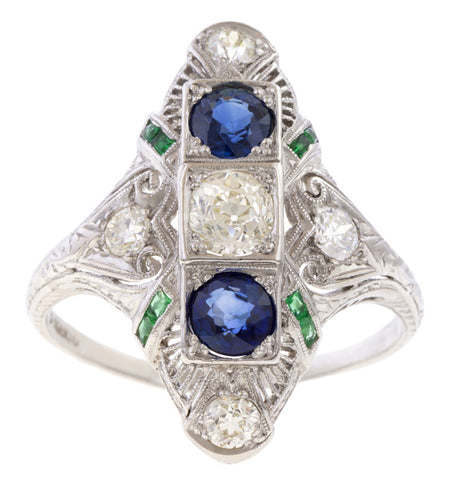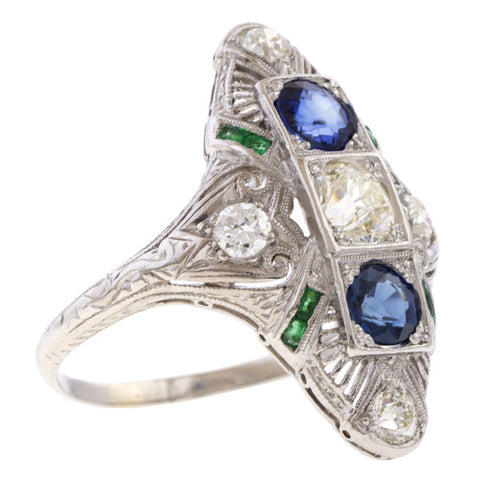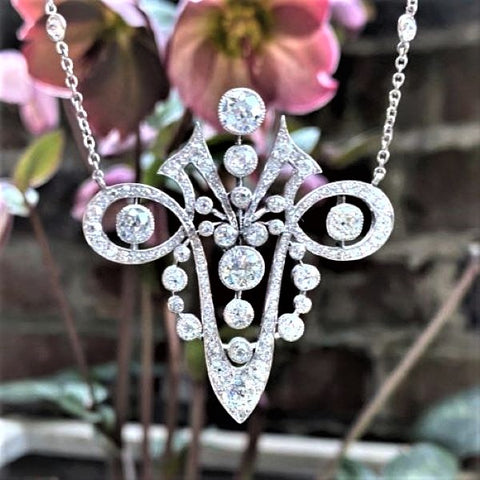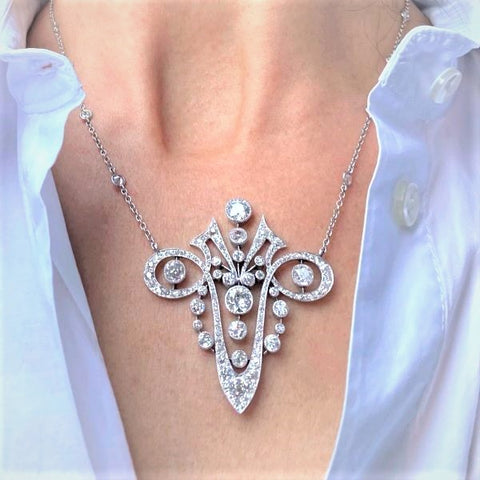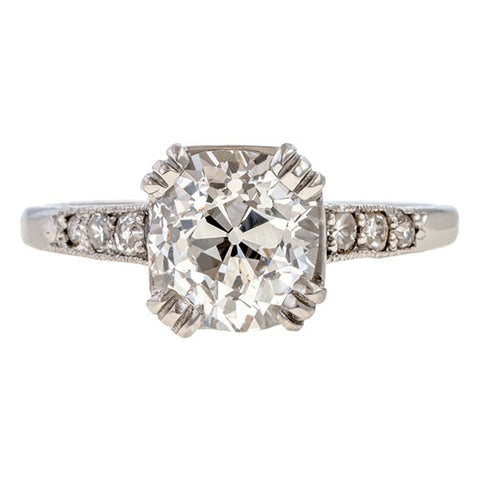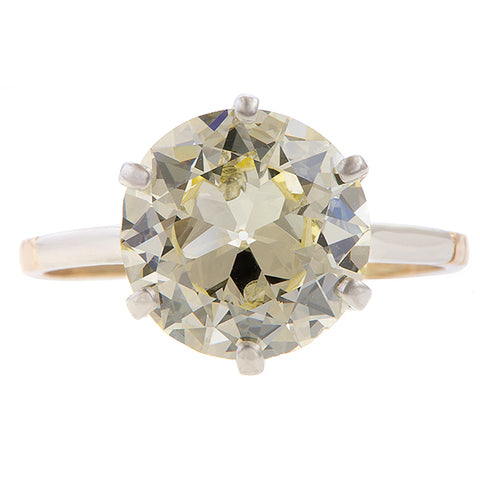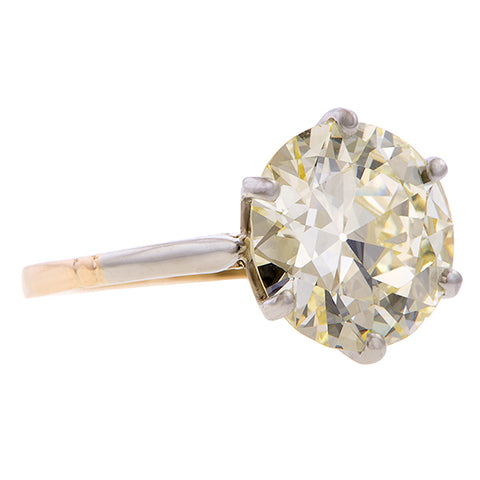Categories
Categories
The unmatched sparkle and brilliance of diamonds has captivated humanity for millennia. These precious gems represent not just luxury, but fascinating scientific phenomena and rich historical significance.

The Scientific Marvel of Natural Diamonds
Diamonds are pure carbon, the same element found in pencil lead and charcoal, arranged in a perfect crystalline structure. Extraordinary pressure and heat deep within Earth's mantle transforms this common element into the world's most coveted gemstone. This magic happens typically 90-120 miles below the Earth's surface, where temperatures exceed 2000°F and pressure reaches 725,000 pounds per square inch.
Diamonds score a perfect 10 on the Mohs hardness scale, making them resistant to scratching from any other natural material. Their molecular arrangement gives diamonds their exceptional optical properties, allowing light to create their distinctive fire and brilliance.

Most natural diamonds formed 1-3 billion years ago, making them among the oldest objects that we can touch. Their journey to Earth's surface occurred through volcanic eruptions that created kimberlite pipes. These are rare geological formations that serve as natural elevators, bringing diamonds from the mantle to levels where they can be mined.

History Written in Carbon
Long before there was a scientific understanding of their formation, diamonds held humanity spellbound. Ancient civilizations in India, where diamonds were first discovered around 800 BCE, believed they were created by lightning strikes. Romans thought they were tears of the gods, while Greeks considered them splinters from falling stars.
Throughout history, diamonds have adorned royalty and symbolized power. The famed Koh-i-Noor diamond, now part of the British Crown Jewels, traveled through multiple kingdoms and empires, leaving a trail of disputed ownership that continues to this day. The Hope Diamond, with its deep blue hue and alleged curse, has fascinated generations with its mysterious past. Now in the collection of the Smithsonian Museum, the Hope Diamond seen by millions of people every year.

From Rough Crystal to Brilliant Gemstone
The transformation of a rough diamond crystal into a polished gemstone represents a unique mix of science and art. Some of the earliest polishing methods were developed in Italy around 1330 AD. Over the centuries that followed, cutters developed many different types of diamond cuts, always trying to maximize the stone's natural qualities.

The early 19th century brought a huge innovation when cutters developed the Old Mine cut. The Old Mine, followed by the Old European cut about 100 years later, was the first predecessor of the Modern Round Brilliant cut that we see now. Brilliant cuts feature 57 or 58 facets and are designed to make the most of a diamond's brilliance, or white light sparkle.

Beyond their use in jewelry, diamonds also have many industrial applications. Their unmatched hardness makes them essential for cutting tools, while their thermal conductivity and electrical resistance properties create opportunities in electronics and quantum computing research.
Diamond Jewelry's Artistry
The earliest known diamond jewelry dates to around 300 BCE in India, where uncut diamonds were set in high karat gold. By the late Middle Ages, rudimentary faceting techniques emerged in Europe. These enhanced diamonds' natural brilliance and began their supremacy in fine jewelry.

Following the discovery of huge deposits in South Africa, the Victorian period (1837-1901) was the first time when diamond jewelry was accessible to the masses. There was a large variety of diamond jewels during this period, from elaborate settings set with large stones, to smaller sentimental pieces set with tiny stones. The technical innovations of the Edwardian period (1901-1910) brought lacy platinum settings that emphasized diamonds' white brilliance. Art Deco design (1920s-1930s) introduced bold geometric jewels set with diamonds alongside contrasting colored gemstones.


Antique diamond cuts, including Old Mine cuts, Old European cuts, and Rose cuts, have different characteristics from modern diamond cuts. These historic diamonds have deeper pavilions, smaller tables, and larger facets. This creates a dramatic play of rainbow fire, or dispersion, with dramatic flashes, especially in candlelight. Since they're mostly cut by hand, no two antique diamonds are exactly alike. Each one has its own unique character and sparkle.
The Sustainable Choice: Antique & Vintage Diamond Jewelry
We're all looking for ways to be more eco-conscious and shop sustainably. Antique and vintage diamond jewelry offers a uniquely sustainable option for the discerning collector. These pre-existing diamonds have already been mined, cut, and set. Their environmental impact occurred decades or even centuries ago. By choosing a vintage diamond, you're participating in the most beautiful and sparkling form of recycling.

Modern diamond mining is resource intensive, requiring the excavation of tons of earth to retrieve just a single carat of diamonds. This process can disrupt ecosystems, consume significant water resources, and produce carbon emissions. Antique diamonds, already extracted and processed, carry none of these ongoing environmental costs.
Beyond environmental benefits, antique diamonds are also conflict-free and an ethical choice over modern stones. Their age ensures they weren't involved in any recent warfare.

Antique diamond jewelry's craftsmanship represents another form of sustainability—the preservation of traditional artisanal skills. Many antique diamond settings showcase hand-fabrication techniques that are increasingly rare today. By valuing and preserving these pieces, you can help maintain these cultural and artistic traditions for future generations.







